Not sure where to start when setting up a backyard bird feeding station? It's hard not to get overwhelmed when first bitten by the bird watching bug. There are so many birds to attract, so many feeders to choose from, and so many products vying for your attention. You've likely even purchased a few random feeders already, some of which may have led to disappointment or have since out-lived their time. But don't fret! Obtaining the perfect backyard birding setup is a long-term process, one that grows with your enjoyment of the birds and is never truly "done".
Over the next little while we're going to discuss the "12 Elements of a Thoughtful Bird Feeding Station" as written about by Jim Carpenter in his book, "The Joy of Bird Feeding". These steps will help you decide where to start with your bird feeding station(s) and how to grow into the future. Today, we're looking at Step 1 - The Foundational Feeder.
 |
| This Hopper Feeder provides access to many types of birds to a variety of foods. |
The Foundational Feeder
The Foundational Feeder is your main hub of activity, the true anchor of your feeding station. It caters to the widest variety of birds and feeds multiple birds at one time. Your birds will rely on this station and reward you with a constant flurry of activity. Most importantly - you want a feeder that holds at least 4 days worth of feed, ensuring the birds never run out, even if the weather or other commitments stop you from making it outside to refill. Remember, no matter how much you love your birds, it's just not always possible to tend to the feeders every day of the year, this feeder has you covered!
Choose a feeder that accommodates the many preferences between bird species for landing options. The more comfortable they feel, the longer they'll stay and the more views you get! There are many different shapes and sizes available, you could choose a traditional hopper feeder; a gazebo or large decorative feeder; a large seed tube or seed cylinder feeder are also great options as for this feeder.
As your centerpiece, ensure you place this feeder in a prime viewing location. It's your focal point, both from the birds perspective, and your own, so make sure you can enjoy it! But don't forget, you want to make sure it's also in a place that's easy to access (and reach), especially in the winter.
As your centerpiece, ensure you place this feeder in a prime viewing location. It's your focal point, both from the birds perspective, and your own, so make sure you can enjoy it! But don't forget, you want to make sure it's also in a place that's easy to access (and reach), especially in the winter.
 |
| Examples of: Squirrel Resistant Feeder - Seed Tube Feeder - Seed Cylinder Feeder |
Things to look for in your Foundation Feeder:
- Holds 4+ days worth of food
- Designed to accomodate a wide variety of birds
- Easy to fill (including in the winter when wearing gloves)
- Easy to clean / take apart
- Keeps seed dry (especially in rainy / winter weather)
- Easy to see current level of seed from afar
Things to avoid:
- Hard to clean / does not come apart for easy cleaning
- Poor quality / cheaper materials that will have to be replaced often
- Blocks view of birds that are feeding from sides/back
- Blocks view of current seed levels
Stay tuned for future posts as we delve into Step 2 - Tray Feeders in the near future.
Happy Birding!
~ Jen







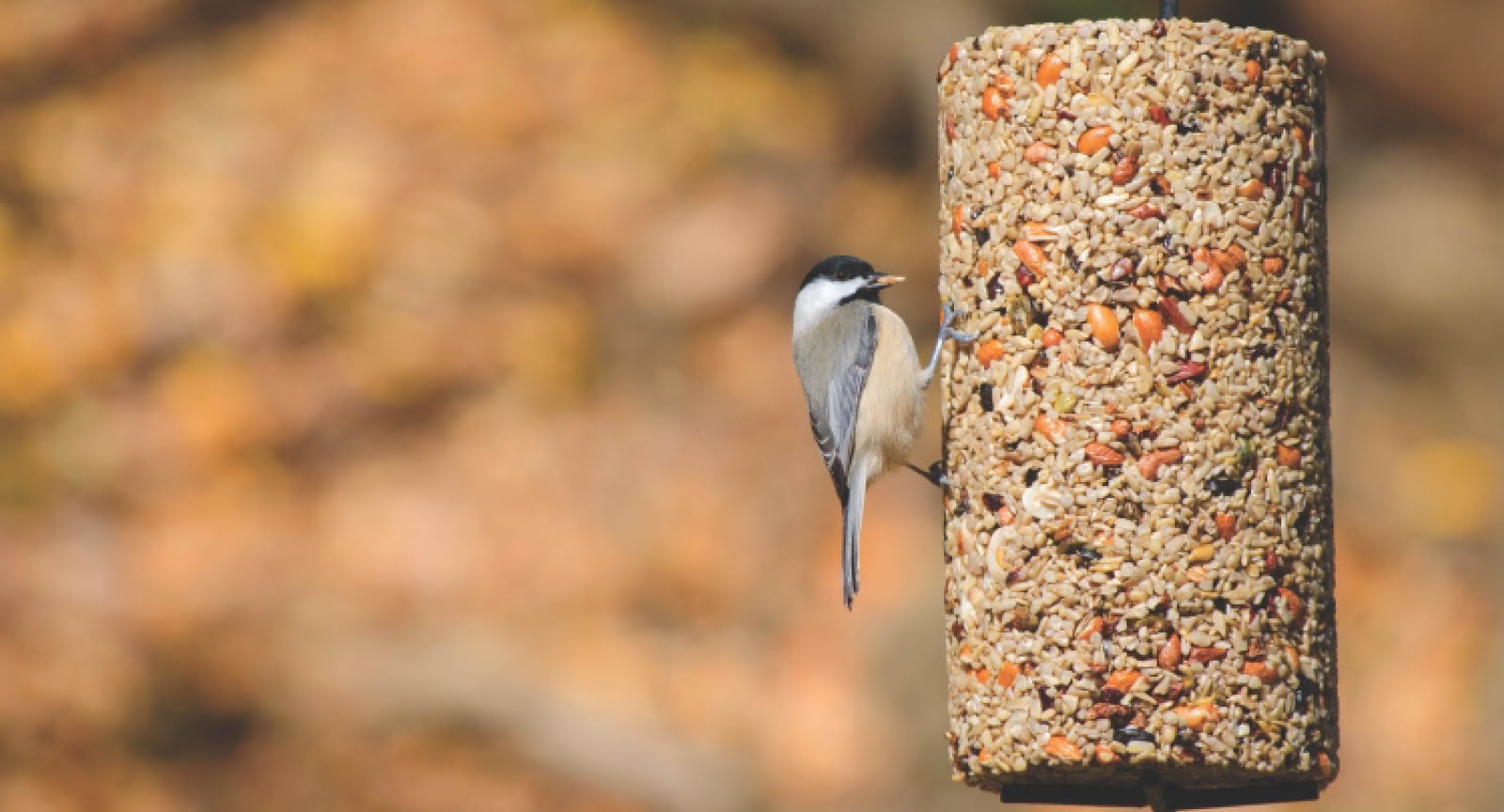
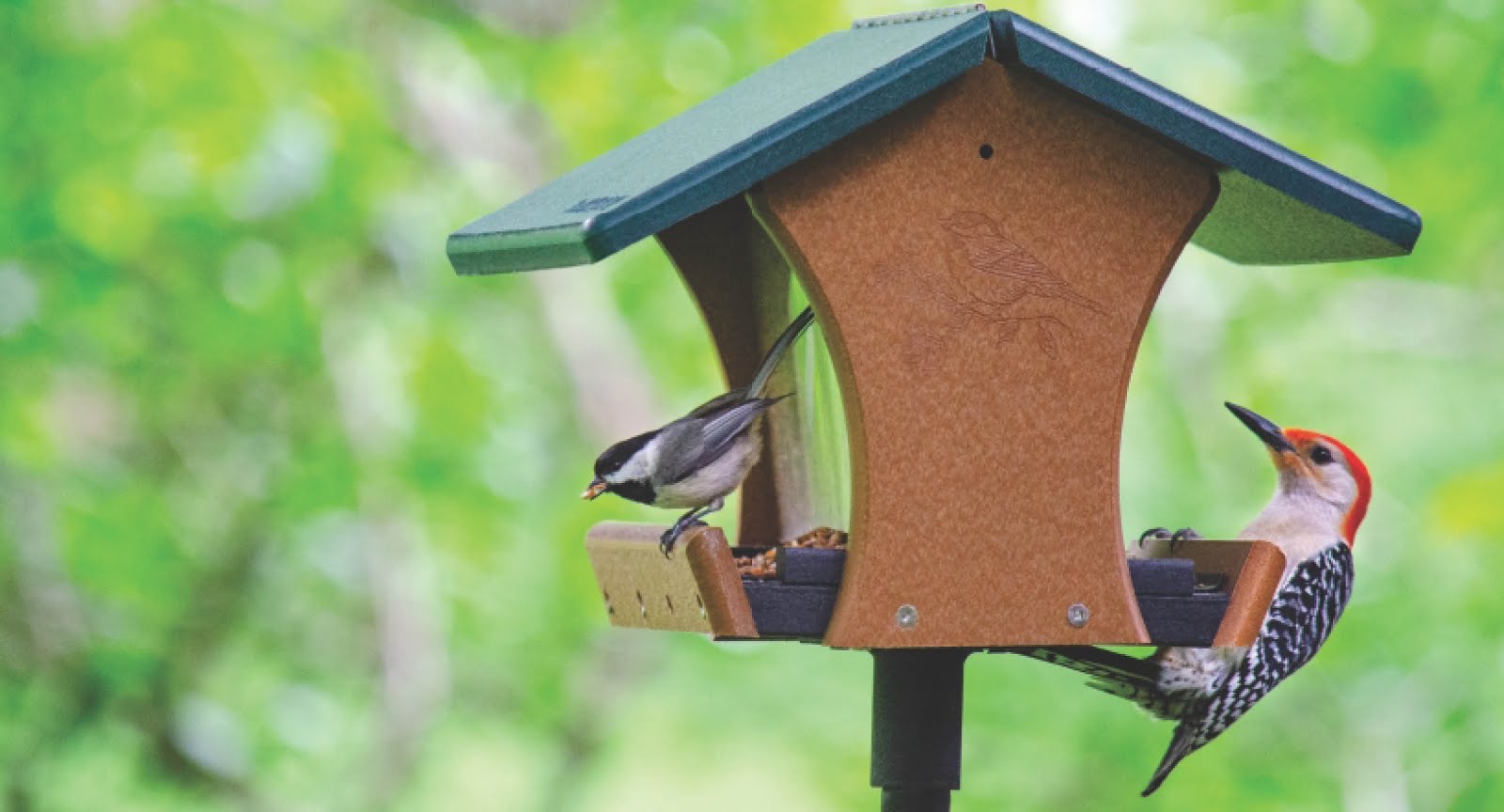
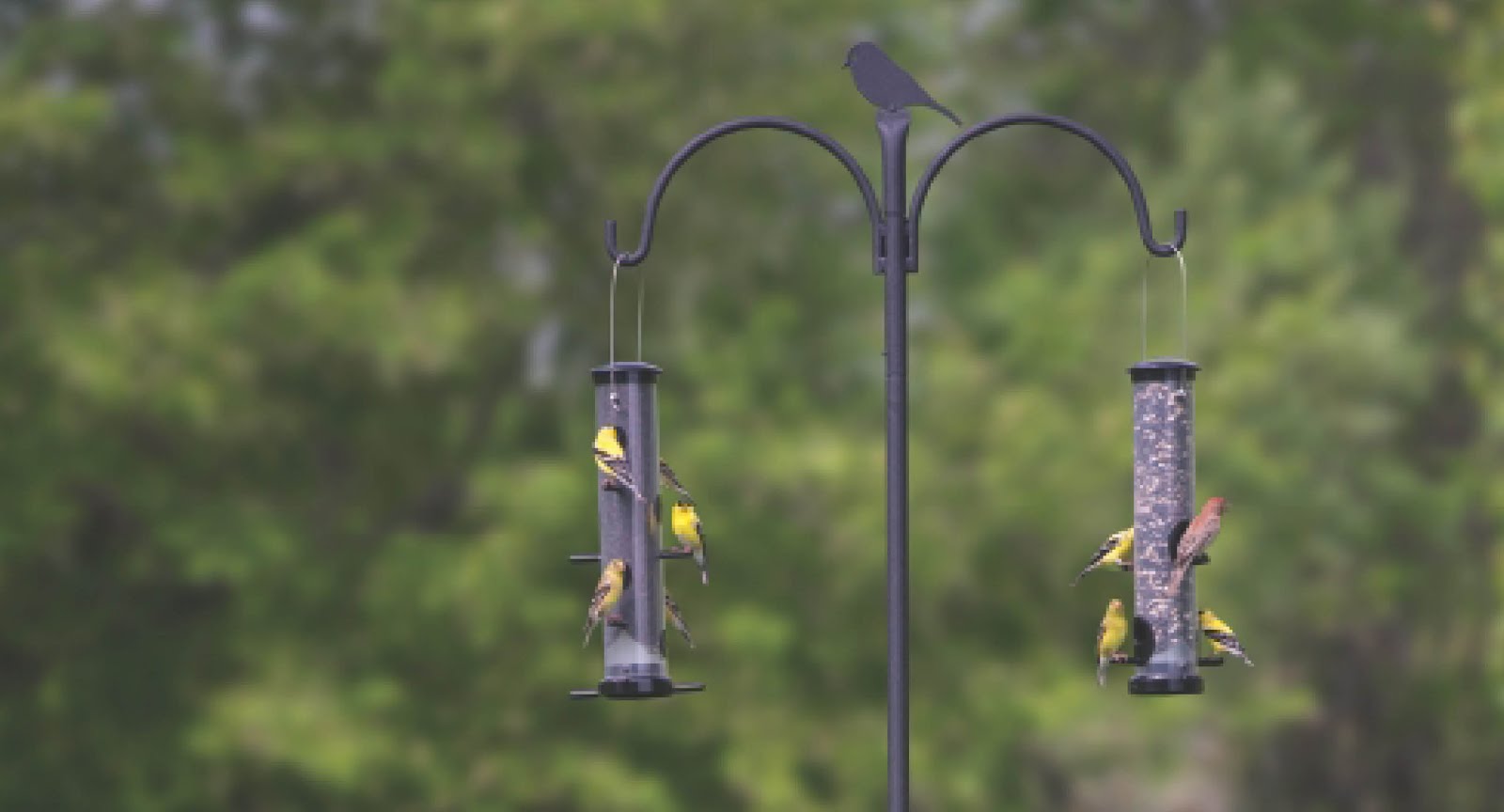

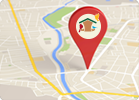
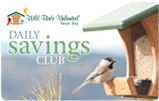


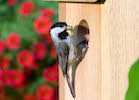
I wish for the great of success in all of our destiny endeavors
ReplyDeleteSame to you!
Delete